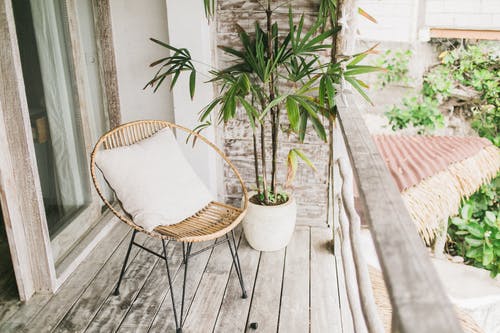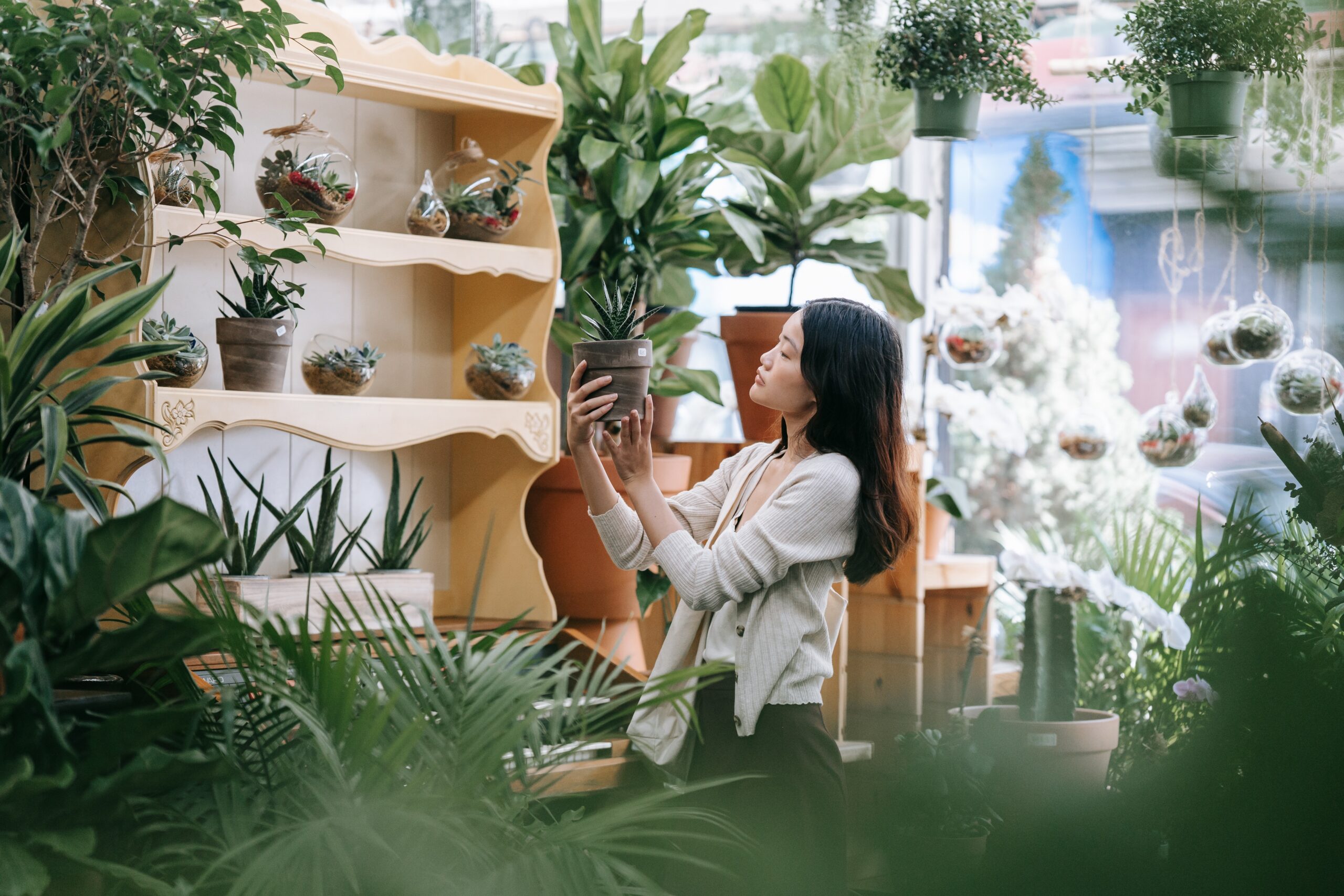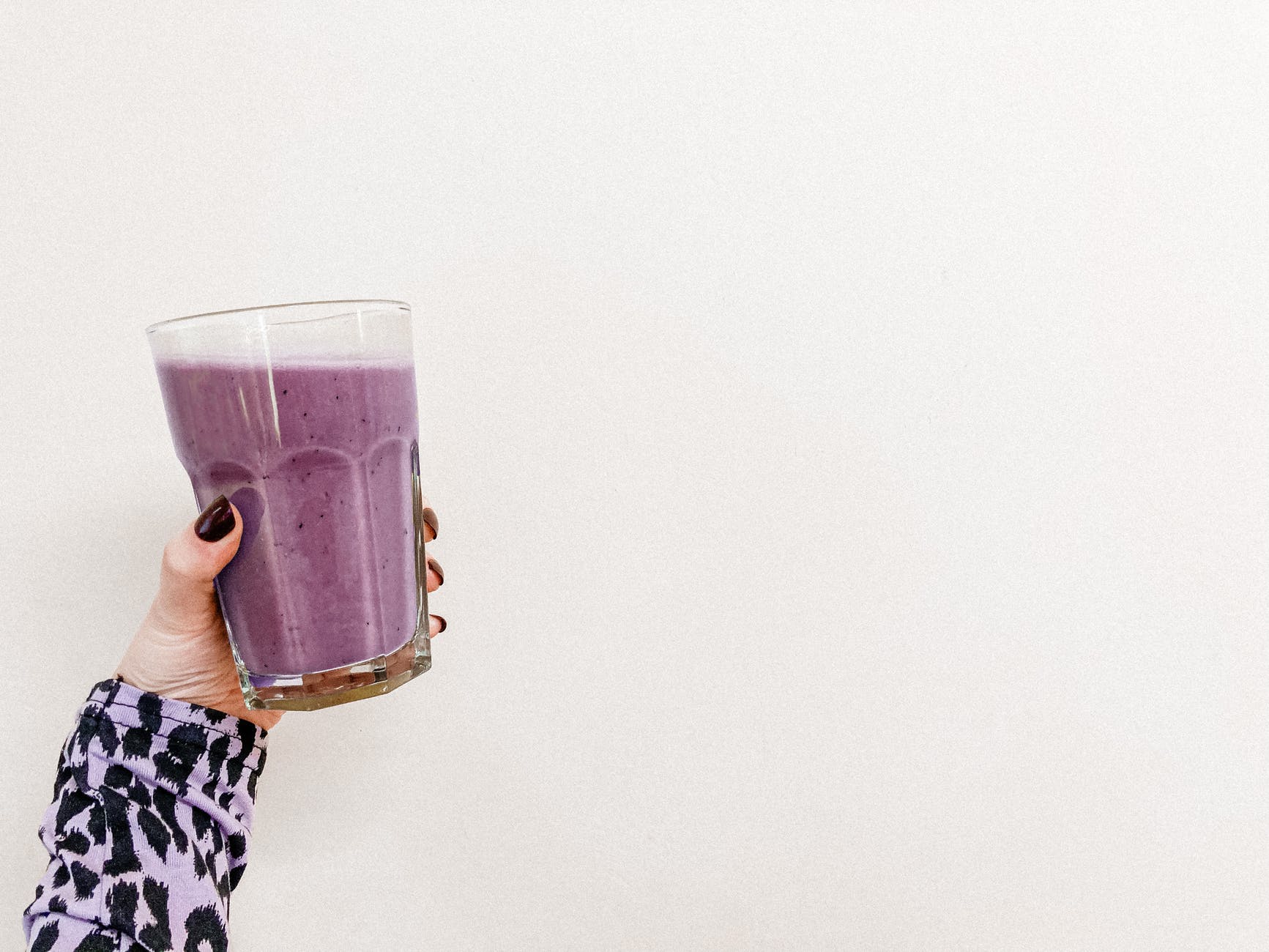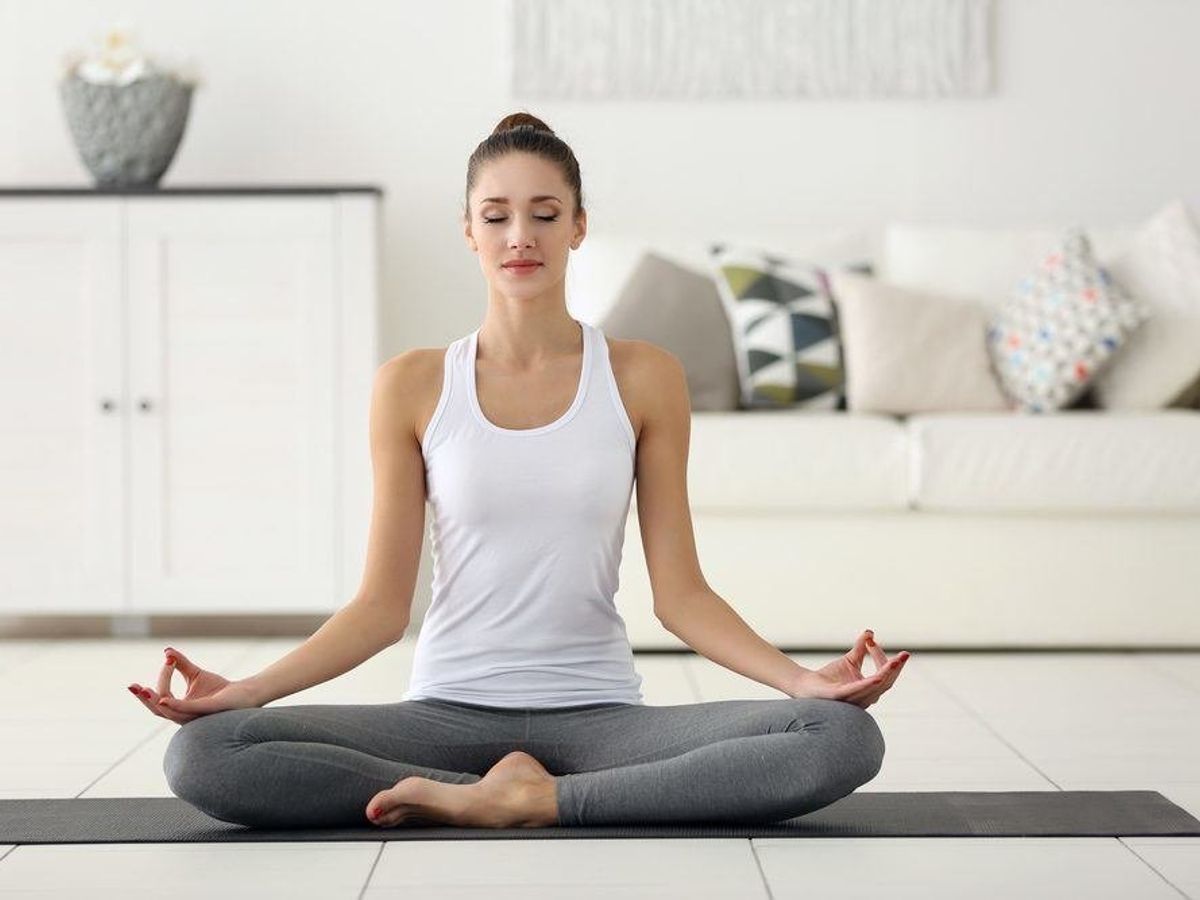Houseplants bring a lot of benefits to your home. They’re low maintenance and can have some otherwise unsanitized nature in your living space. However, houseplants make for a perfect breeding ground for pests and diseases and must be watched carefully. In this blog article, we give you all the information you need in order to keep your houseplant alive so that it doesn’t die prematurely!
What Houseplants are Best for Beginners?
Aquatic plants are great for beginners because they like long periods of sunlight. However, some common houseplants that are not aquatic include: spider plant, Christmas Cactus, Chinese Pidgin. There are so many types of houseplants that it is difficult to narrow down the options, but these plants have a long history of being enjoyed in homes, offices, and classrooms across the globe. If you are new to gardening then this plant is perfect for you.
Houseplant Care Basics: How to Water, Feed and Grow
Houseplants can benefit your health and well being! They remove toxins and pollutants, increase oxygen levels in the indoor air, improve mood, and release beneficial chemicals into the air. If you’re looking to bring more life into your home or office, a houseplant could be just what you need! Houseplants are both useful and a good way to beautify a home. They require little water, maintenance, and give their owners the benefit of improved air quality at the same time. Houseplant care is different for each plant, so we have listed some general guidelines to get you started in optimizing houseplant care. Houseplants are incredibly easy to care for and they produce an amazing amount of oxygen. They do require moderate maintenance in the form of regularly watering, feeding and occasionally pruning but even if you’re one of those people who is usually convinced that their plant won’t ever come back from neglecting it finally does, it’s already forgiven you!
Whether it’s healthy to overwater a houseplant
Houseplants require their own set of care. The European linden is a suitable plant for the beginning gardener because it can withstand low water levels. Its range covers temperatures from 20 degrees Celsius to 7 degrees Celsius, so there’s no need to worry about overwatering if living in a warm or cold climate. Although some houseplants store carbon dioxide during the day and release oxygen at night, lindens typically don’t require much air circulation. You should also keep stronger plants away from weaker ones for their mutual protection Houseplants can flourish regardless of their environment. However, too much and too little water can affect plants in a variety of ways. Improperly watering or flushing away excess surface water (leaving the plant dry) can lead to plant death. It is important to experiment with different levels of water until you reach the level that your houseplant needs.
What Kind of Soil does Plant Need?
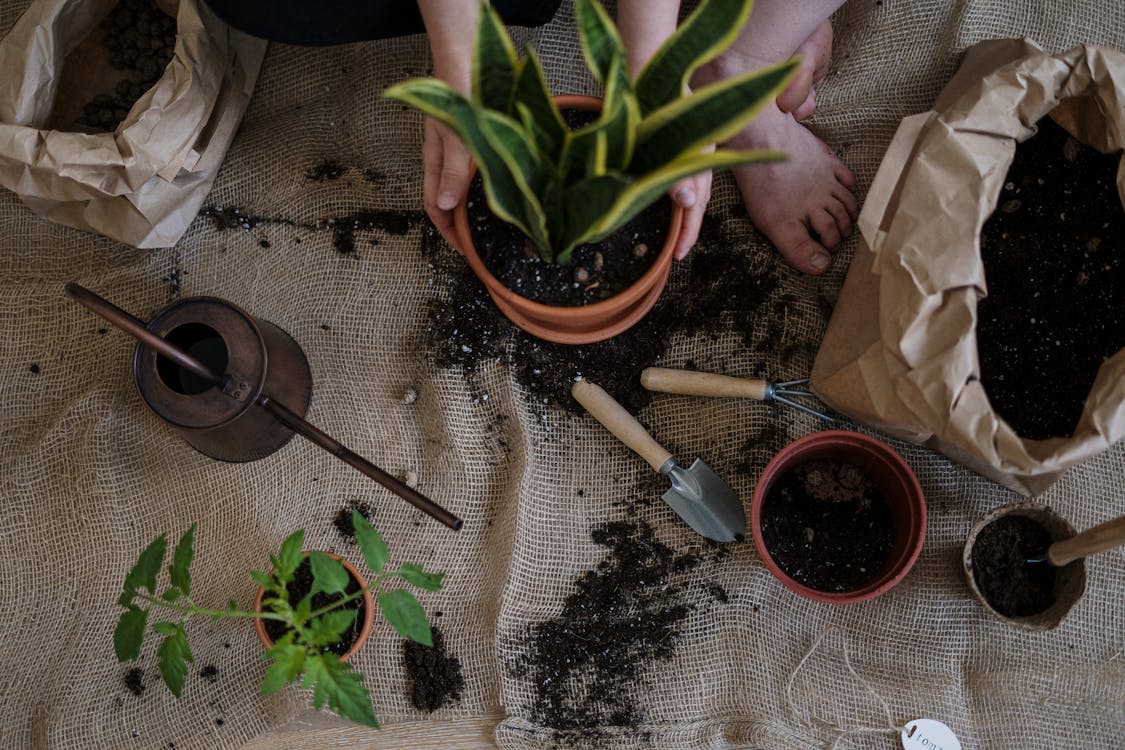
Plant soil is typically one-part potting mix, one-part sharp sand. The most important ingredient to ensure your plants grow healthy and strong is compost, which can fill in the remaining 100% of the garden soil. There are varying levels of water your plant needs and you’ll want a container that’s around ten inches tall with approximately four to six inches wide at its base, as this will prevent flooding while also allowing plant roots all around their dirt level. Consider the type of soil before you plant your houseplant in a new location. This can consist of regular potting mix, compost, or peat moss. Consider how much water the plant needs and make sure that there is ample drainage. Your houseplant flowers should be treated with fertilizer once per week if they are in a flower bed outdoors or once per month if they are placed on a windowsill indoors.
How to Plant, Fertilize and Prune • Types of Home Office Plants
A common misconception is that plants need light in order to grow. However, many houseplants can thrive in indoor locations without any natural light due to the pitch black of a closed room. If you are not experienced with planting and caring for houseplants, use this guide as your go-to resource. Many of the following techniques can also be used to care for other kinds of plants so houseplants shouldn’t feel left out. It’s difficult to determine which plants are appropriate for which locations. Be sure to know what you’re buying. You should also consider a home office pot that’s in balance with your desk and cabinets because people in general have better concentration and a clean workspace is essential!
Conclusion
Here’s a handy list of houseplant basics that will ensure you can have and take care for a beautiful house plan! House plants are a great addition to any household, and can make the space you live in much more interesting. However, many potential houseplants die soon after they’re brought home because they get neglected, compromised by too much light or water, or because of pests, like insects and mites.


